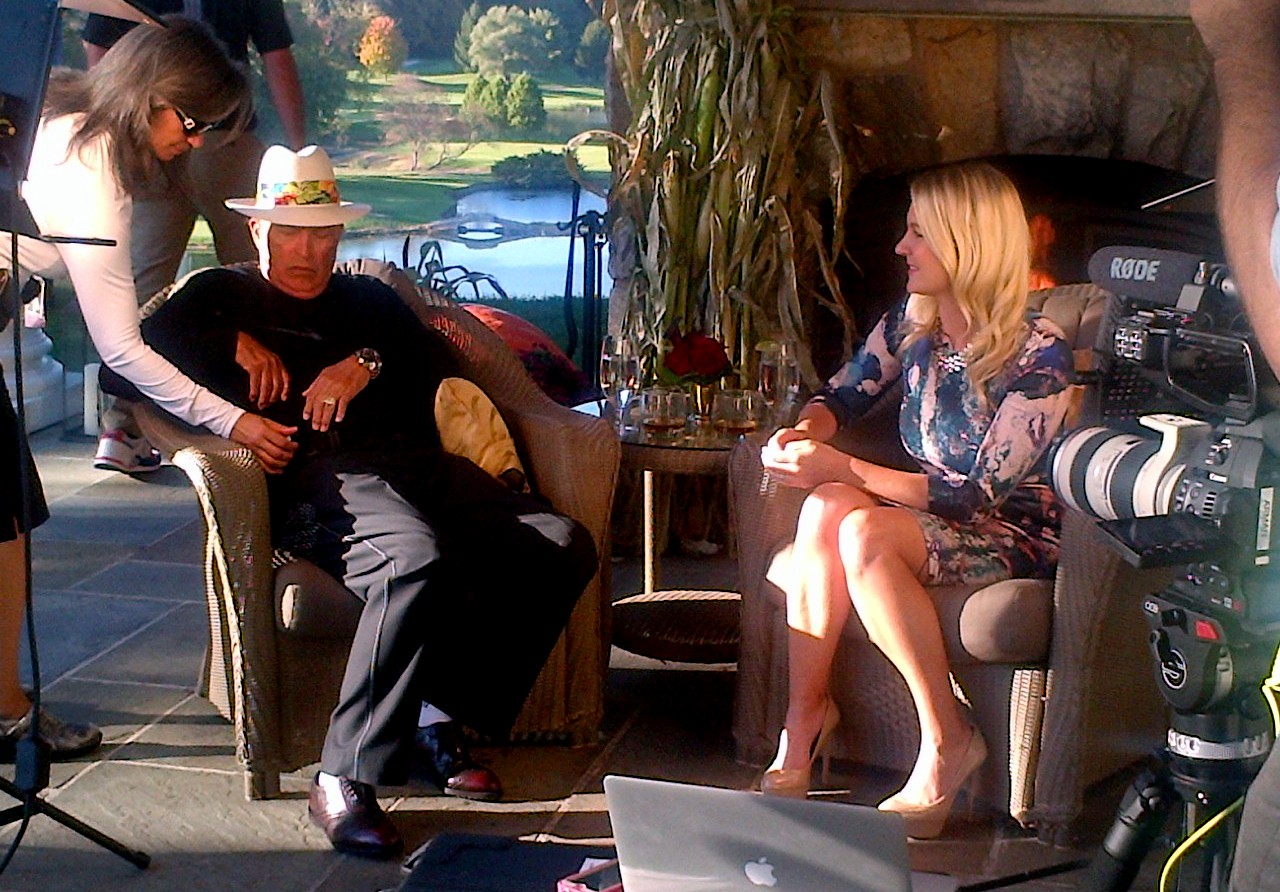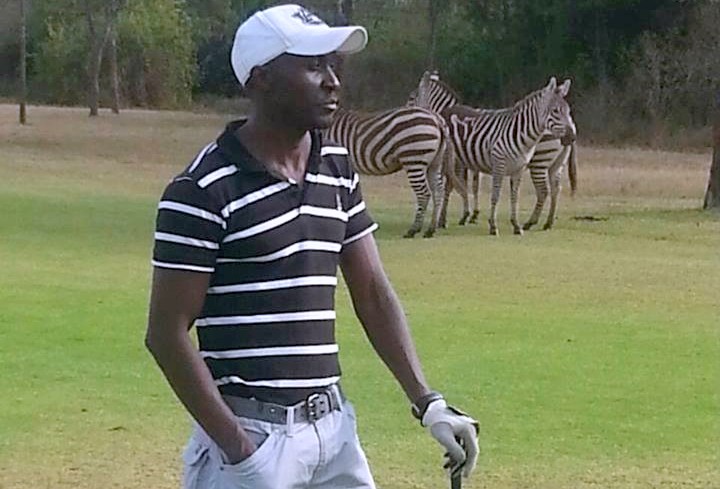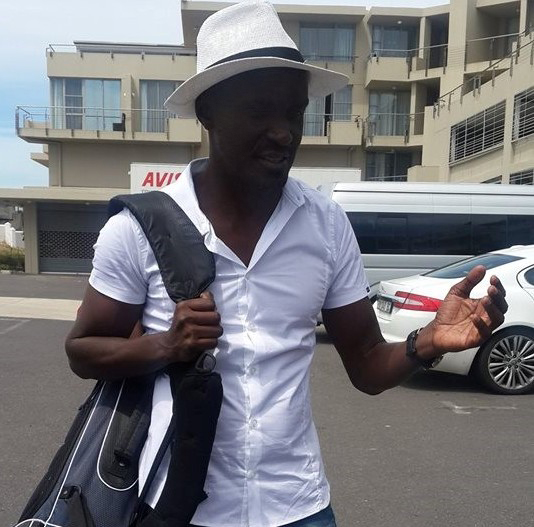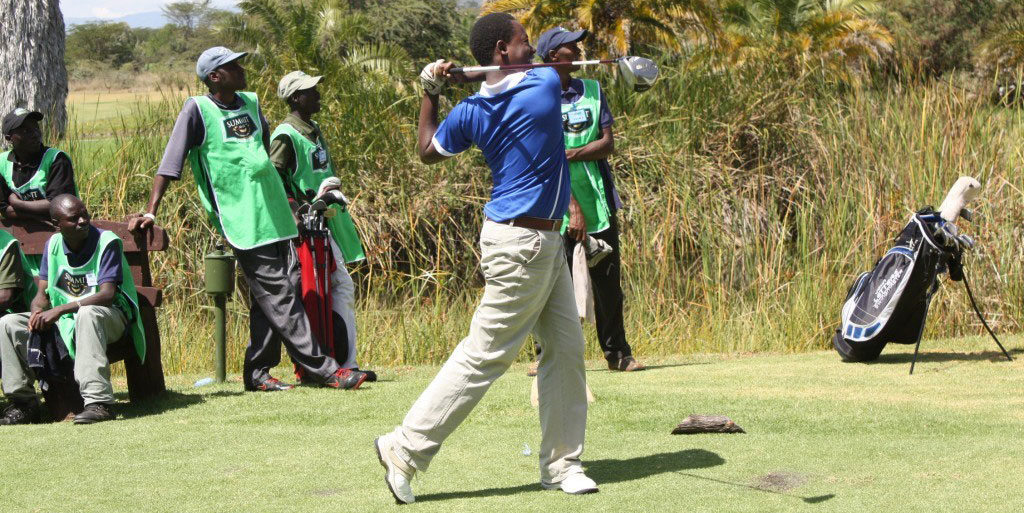
These cars belong to my friends and me. There were no other cars in the parking lot when we arrived on Sunday morning.
We got what seemed like a foot of rain on Saturday. That was good in one way, because it washed away most of the snow, but it was bad in another, because (apparently) it persuaded the people who make the decisions at Tunxis Plantation Country Club not to open the following morning, even though Hacker (real name) had called the evening before and left a message that we would be there at 9:30, ready to go. I sensed trouble as I approached the clubhouse: of the ten or so greens I could see from the road, only one had a flag, and the parking lot was empty except for cars that belonged to people I knew. Hacker started calling around the state, but the places he tried either weren’t open or weren’t answering the phone. (Suggestion to golf courses that don’t shut down for the entire winter: update your website and outgoing voice-mail message every night with information about the following day.) Finally, he found an open course, and it was just thirty-five minutes farther away. So we caravaned:
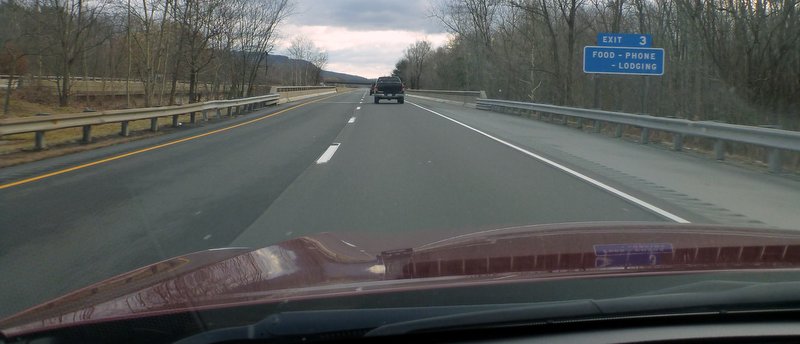 And then we spent a very enjoyable day at Lyman Orchards, which, like Tunxis, has forty-five holes. One of Lyman’s eighteens was designed by Robert Trent Jones, and the other was designed by Gary Player. The fifth nine—called the Apple Nine—is new, and is (I would guess) for kids and beginners. There’s also a golf school and a driving range.
And then we spent a very enjoyable day at Lyman Orchards, which, like Tunxis, has forty-five holes. One of Lyman’s eighteens was designed by Robert Trent Jones, and the other was designed by Gary Player. The fifth nine—called the Apple Nine—is new, and is (I would guess) for kids and beginners. There’s also a golf school and a driving range.
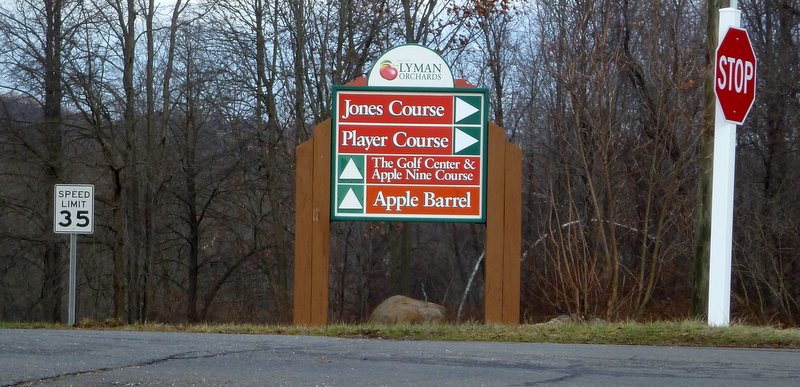
Lyman Orchards is an orchard. There are apple trees in the middle of the course, and there’s a big store, called the Apple Barrel, in which you can buy apple-based and apple-themed products. Maybe your wife would like to tag along some Sunday, and spend a few hours shopping for apple butter while you and your friends are playing golf.
We first played Lyman several years ago, and at that time they kept both eighteens open all winter. Now they shut down the Jones course—which is too bad, because the Player course is definitely second best. It’s also a pain to walk, because you always seem to be climbing to the top of a huge hill in order to hit your ball to the bottom of it, and then walking miles to the next tee. Still, golf.

The conditions were not what you would call perfect, but the course was open. In fact, it was almost somewhat busy.
On most of the holes, the flags wouldn’t go back in the cups straight, and on some of the holes they wouldn’t go back at all. The reason was that the little holes at the bottoms of the cups were all either partly or entirely full of sand. I tried to clean one out with a tee and a green-repair tool, but that was a fool’s errand. The greens themselves were squishy on top, and some of them had bare patches, but we kept being surprised at how un-slow they were.
Afterward, we decided to eat lunch at a place we hadn’t tried before, the Rover’s Lodge, on Beseck Lake. The house specialty (according to a big sign facing the road) is “steamed cheeseburgers”:
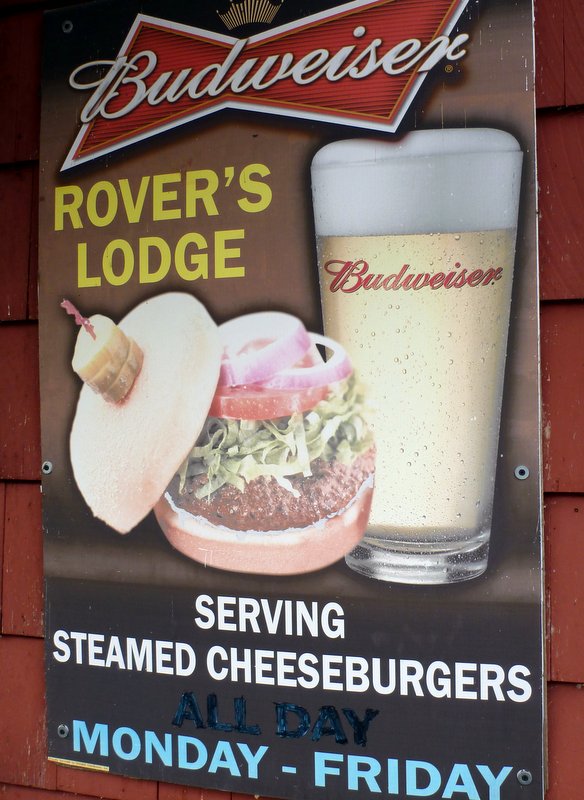 A new form of cheeseburger? How could we not? I learned later that the steamed cheeseburger is “a food so truly regional that it is found in only about a dozen restaurants within a 25-mile radius of Middletown, in central Connecticut,” and that it “was invented in the 1920s, when steamed food was thought to be healthier than fried.” (You can read more about steamed cheeseburgers here.)
A new form of cheeseburger? How could we not? I learned later that the steamed cheeseburger is “a food so truly regional that it is found in only about a dozen restaurants within a 25-mile radius of Middletown, in central Connecticut,” and that it “was invented in the 1920s, when steamed food was thought to be healthier than fried.” (You can read more about steamed cheeseburgers here.)

This is a steamed cheeseburger, from a restaurant called Ted’s.
It turned out that the Rover’s Lodge serves food of any kind only “in season,” and that the season isn’t winter. There were about a dozen guys in the bar when we went in, and they were interested, up to a point, in the fact that we had just played golf. Later, I found two reviews of the Rover’s Lodge on TripAdvisor—one that said it was “very good,” and one that said it was “a dump.” It’s possible that we’ll never know who is right, because we continued up the road to New Guida’s Restaurant, where we’ve eaten before. Let me say this for Guida’s: their cheeseburgers, however they make them, are very good. Ditto their fries and milkshakes.

Then we drove home to watch the playoff games.

Guida’s. Cash only, please.
 A couple of weeks ago, three friends attended the Gary Player Invitational, a two-day charity event, at GlenArbor Golf Club, in Bedford Hills, New York. The course was designed by Player, and it’s awesome:
A couple of weeks ago, three friends attended the Gary Player Invitational, a two-day charity event, at GlenArbor Golf Club, in Bedford Hills, New York. The course was designed by Player, and it’s awesome:



